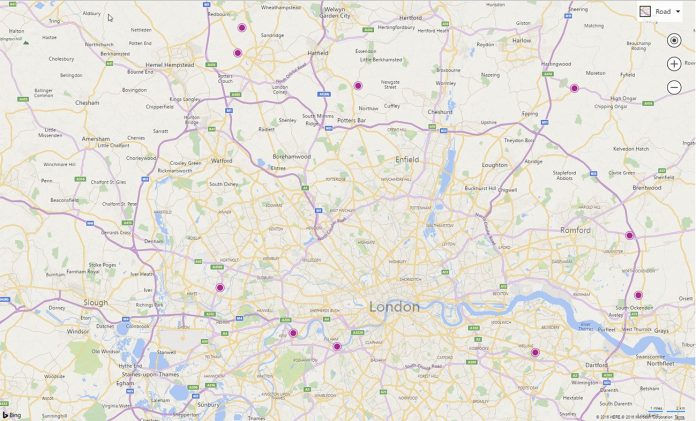The pleas followed a fatal 2015 crash in which a California commuter train collided with a truck, injuring a number of passengers and resulting in the death of an engineer. Supporters say that with drivers increasingly relying on their smartphone for navigation lack of the information can lead to deaths in unfamiliar areas, especially when the driver is tired. In 2018, 270 people died in crossing collisions in the United States. According to an Operation Lifesaver campaign, motorists are 20 times more likely to die in a train crash than in a collision with any other vehicle. Though the number of fatalities has dropped significantly since records began in 1975, there’s still more that could be done. The addition of railway crossings to maps and possibly voice warnings could go a long way in keeping drivers aware.
Silence from Tech Companies
Out of the 14 tech companies the NTSB contacted, two of them responded in a way it deemed satisfactory. Garmin incorporated the data in 2016, and TomTom already includes the information on its maps. Microsoft, Google, and Apple did not respond to Politico’s request for comment. However, in response to the request in 2016, then-head of Google’s DC office Susan Molinari said: “Our product teams carefully consider new safety features in the context of the holistic product experience and, in that way, seek to avoid evaluating individual features in isolation that could lead to overcrowding and create a sub-optimal experience for users Highlighting necessary information on the map and in our navigation services without overcrowding it and distracting users is a balancing act.” Microsoft doesn’t seem to have responded to the requests in any way. The NTSB is still waiting on responses from 11 of the 14 tech companies it contacted.




